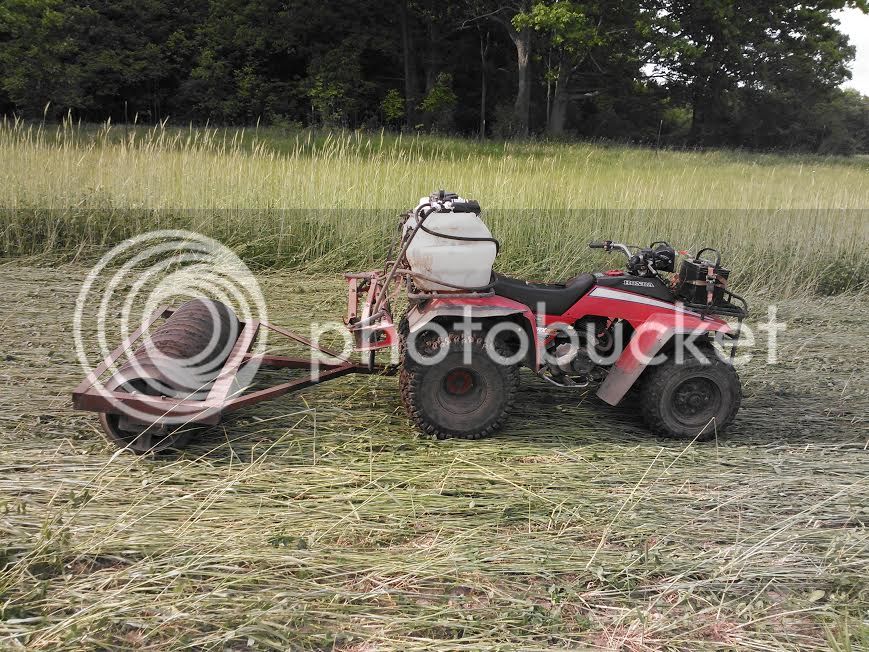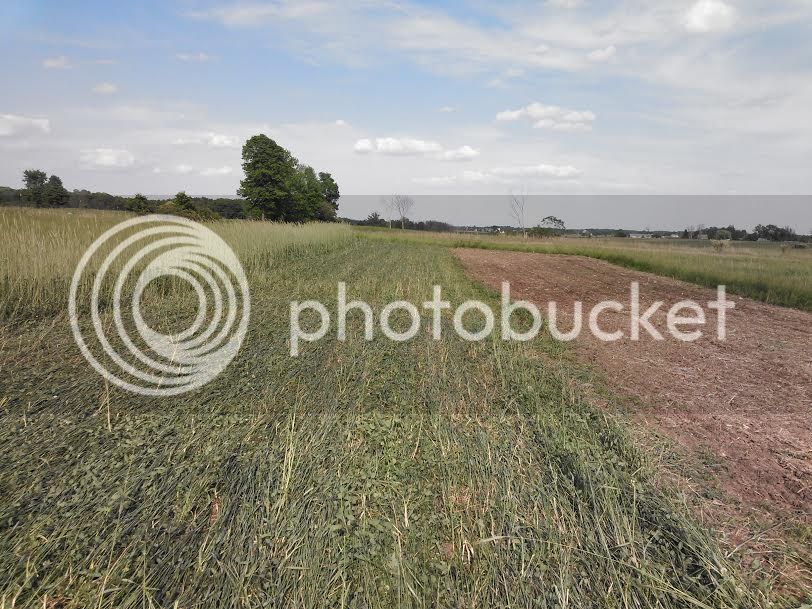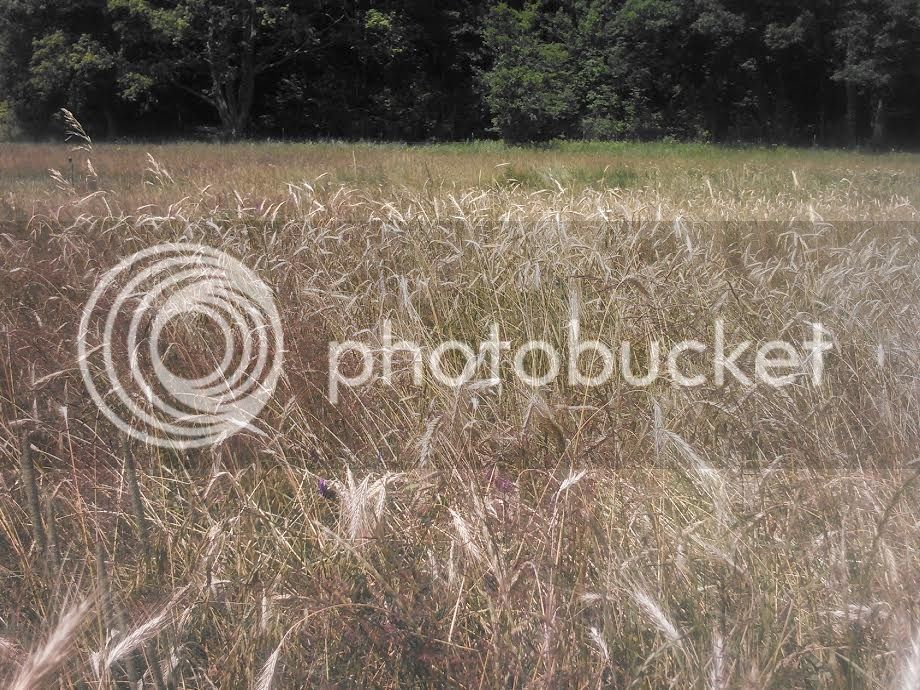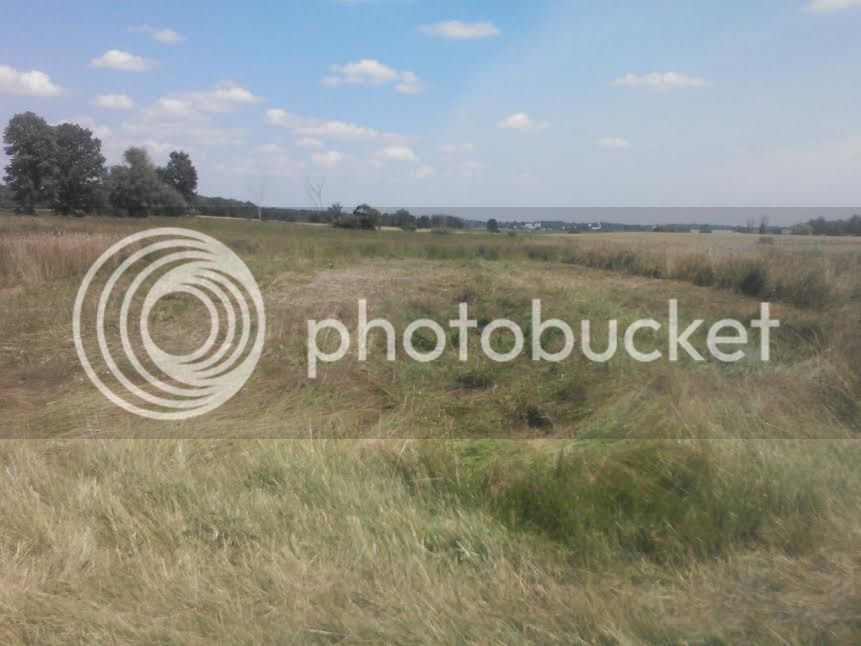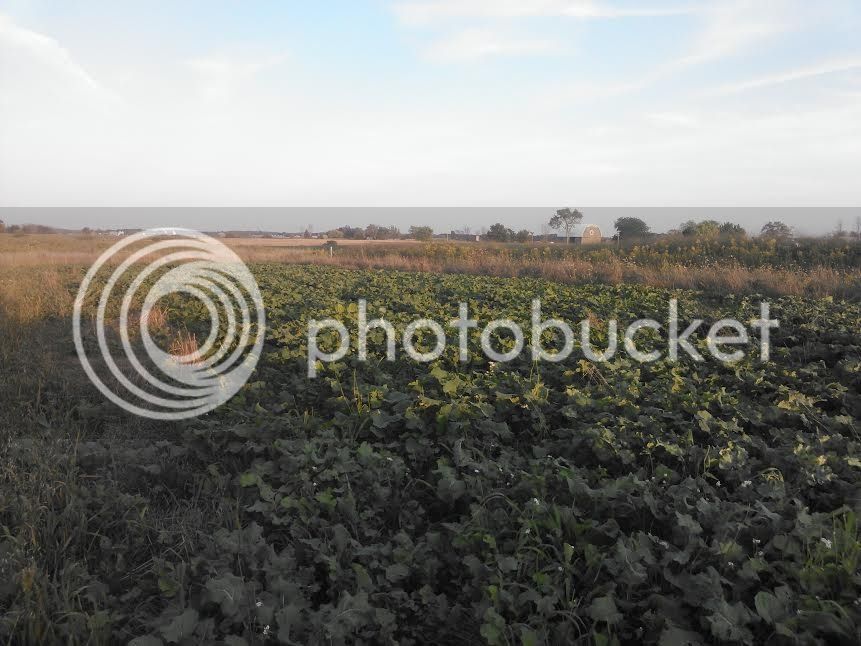-
If you are posting pictures, and they aren't posting in the correct orientation, please flush your browser cache and try again.
Edge
Safari/iOS
Chrome
You are using an out of date browser. It may not display this or other websites correctly.
You should upgrade or use an alternative browser.
You should upgrade or use an alternative browser.
The Throw n’ Mow Method
- Thread starter Crimson n' Camo
- Start date
scott44
5 year old buck +
strawhead
5 year old buck +
Was that pic of brassicas put down on rolled or tilled? I'm still attempting to get good growth of brassicas in mowed or tilled. I don't need it to look perfect. I think I need to get timing down on the spray and broadcast, and somehow a better spray result on the existing growth.
Crimson n' Camo
5 year old buck +
That looks sweet! You getting me motivated.
How many lbs an acre is that rye field? Also do you mix your plots or just stick to single crops and rotate them?
Sent from my iPhone using Tapatalk
I have a high deer density and only a few acres to plant so I go with 100 lbs/ac of cereal rye as a base. This gives me a high enough stocking density to keep up with browsing pressure. LC actually recommended 150 lbs but he was counting on his oat component eventually freezing out. The downside to a thick stocking rate like this is that its going to be too thick in the spring for your clover and you'll have to thin it by either a late spring mowing or herbicide if you want your clover to flourish. I you have really large fields or low deer densities then you can drop your seeding rate down to 50-75 lbs and have a better ratio come spring that can be left alone without having to do anything to it.
I’ve just been experimenting over the last few years so things have been all over the place as far as the way I do it. As with most experimenting, your thinking evolves over time. I look back now and realize that I really needed to just be focused on rebuilding my soil in the first couple years rather than experimenting with seeds and methods. That’s was just the cost of experimenting though and well worth the sacrifice.
Now I’ve decided to stop experimenting so much and do the things I should have been doing from the start. Don’t get me wrong, I’ve made great strides over the last few years with my soil but nowhere near what I believe I could have done in the same time period had I not been experimenting.
Crimson n' Camo
5 year old buck +
Scott...........
Here’s something I would keep in mind as far as side by side experimenting is concerned. The short term benefits of this method are nice because this allows you to plant much quicker and with simpler tools, etc……But the bigger picture is the long term goal of restoring proper soil fertility and function. That will take several years to accomplish for most people, especially the more aggressively you’ve been tilling in the past. For many people, it’s going to be a very bias side by side comparison if you go out in year one after heavy tillage and compare methods. To truly compare methods you would need to wait until proper soil function is returned to the no-till field and then compare.
Here’s something I would keep in mind as far as side by side experimenting is concerned. The short term benefits of this method are nice because this allows you to plant much quicker and with simpler tools, etc……But the bigger picture is the long term goal of restoring proper soil fertility and function. That will take several years to accomplish for most people, especially the more aggressively you’ve been tilling in the past. For many people, it’s going to be a very bias side by side comparison if you go out in year one after heavy tillage and compare methods. To truly compare methods you would need to wait until proper soil function is returned to the no-till field and then compare.
scott44
5 year old buck +
Good point, this comparison was 3 years ago and I guess I wasn't completely sold on it yet so I wanted to make sure I had a plot. This was the first time I had done this.Scott...........
Here’s something I would keep in mind as far as side by side experimenting is concerned. The short term benefits of this method are nice because this allows you to plant much quicker and with simpler tools, etc……But the bigger picture is the long term goal of restoring proper soil fertility and function. That will take several years to accomplish for most people, especially the more aggressively you’ve been tilling in the past. For many people, it’s going to be a very bias side by side comparison if you go out in year one after heavy tillage and compare methods. To truly compare methods you would need to wait until proper soil function is returned to the no-till field and then compare.
Crimson n' Camo
5 year old buck +
Good point, this comparison was 3 years ago and I guess I wasn't completely sold on it yet so I wanted to make sure I had a plot. This was the first time I had done this.
I completely understand. You're not the only person. In the beginning, everyone who tried wanted to go out on their degraded plots and automatically start doing comparisons. That was one of the toughest fights was to get folks to see past the short term initial plantings....to the more important goals that needed to be focused on long term. Most of the discussion in the beginning revolved only around "Does it work?"
woodduck
5 year old buck +
Today was my 1st attempt at Throw & Mow.... Actually Throw & Roll. I broadcast a Brassicas blend into standing WW, WR and Oats (which was a little more difficult than I thought it would be due to it's height) not sure how accurate my seed coverage will be. I then rolled the plot down with a roller/ cultipacker I made out of a 4ft piece of 10in corrugated culvert pipe full of cement. Seemed to have trouble with the WR wanting to stay laying down flat. What do You guys do for 1 better seed coverage in tall standing vegetation and 2 better roll down of your old standing crops ? Or will they pretty much settle to the ground on there own after some time and a rain or 2 ?
scott44
5 year old buck +
What I've seen is it will eventually lay down, last year this brassica plot had swirls in it when I rollrd it but it turned out good. All of it might not lay down but it will turn out.Today was my 1st attempt at Throw & Mow.... Actually Throw & Roll. I broadcast a Brassicas blend into standing WW, WR and Oats (which was a little more difficult than I thought it would be due to it's height) not sure how accurate my seed coverage will be. I then rolled the plot down with a roller/ cultipacker I made out of a 4ft piece of 10in corrugated culvert pipe full of cement. Seemed to have trouble with the WR wanting to stay laying down flat. What do You guys do for 1 better seed coverage in tall standing vegetation and 2 better roll down of your old standing crops ? Or will they pretty much settle to the ground on there own after some time and a rain or 2 ?


ncstewart
5 year old buck +
https://smartmix.greencoverseed.com/
Calculator
Thought it might be useful. Ran across it watching a soil restoration video clip.
Sent from my iPhone using Tapatalk
Calculator
Thought it might be useful. Ran across it watching a soil restoration video clip.
Sent from my iPhone using Tapatalk
Crimson n' Camo
5 year old buck +
Today was my 1st attempt at Throw & Mow.... Actually Throw & Roll. I broadcast a Brassicas blend into standing WW, WR and Oats (which was a little more difficult than I thought it would be due to it's height) not sure how accurate my seed coverage will be. I then rolled the plot down with a roller/ cultipacker I made out of a 4ft piece of 10in corrugated culvert pipe full of cement. Seemed to have trouble with the WR wanting to stay laying down flat. What do You guys do for 1 better seed coverage in tall standing vegetation and 2 better roll down of your old standing crops ? Or will they pretty much settle to the ground on there own after some time and a rain or 2 ?
For broadcasting into tall vegetation I raise the spreader up nearly as high as it will go…back off the rate I’m putting it out….and make my passes closer together.
I think you actually may be better off if the rye doesn’t completely lay down in the beginning. Something I’m afraid may eventually give folks issues with a “throw and roll” method is that if you watch the farmers in that video I posted…..that’s the exact same method they're using to suppress weeds with great success. They use drills after pressing in order to cut openings in that mat that their crops can come up through. What I think may give plotters some issues using a throw and roll approach is that as they restore soil fertility and function….they’ll begin to grow much more massive crops of biomass which will eventually get so thick that a roll down method may start suppressing seedling growth. Ideally, you need some air space in your thatch layer to allow seedlings to emerge. Just something to think about and consider when assessing your situation.
Crimson n' Camo
5 year old buck +
Crimson I have very high deer population in my area and wanting to plant about 5 acres. My thought so far are rye this fall to start and then sunn hemp, sunflowers, and buck wheat in the spring.
Sent from my iPhone using Tapatalk
I like the rye base in the fall you're using. If your soil is in good condition already from the standpoint of holding moisture and good pH.....I'd add in a couple clovers to the fall mix.....a pound or two per acre of brassica is also a good addition. As far as the summer plot goes.....I think in the beginning, improving soil conditions needs to be a high priority. Something to really consider when it comes to planting stuff like sunflowers, buckwheat, etc in high deer densities is this.....if it's not allowed to grow, then it changes nothing as far as soil conditions are concerned. I see a lot of folks running to thing like buckwheat, cowpeas, etc only to what them get wiped out or barely grow cause soil conditions aren't good enough or browsing pressure is too high. You need to make sure that your able to strike a balance that allows you to still accomplish the goals of growing biomass as well. A few plants in the mix that deer don't eat are actually not a bad thing from this standpoint. It takes either an e-fence or a LOT of acreage in high deer density areas to be able to accomplish both goals of feeding deer and growing summer biomass with purely ice cream crops.
Last edited:
woodduck
5 year old buck +
I actually hand broadcast the plot and tried to hold it as high as I could which was doing that and holding the spreader level at the same time proved to be difficult. I have an atv spreader which may work better if I can rig it high enough.
I wanted to try a Throw & Mow plot and a Roll & Mow plot for a side by side comparison but I was afraid of having a poor stand in my Throw & Mow due to the thick mulch line I get on one side when I brush hog. So I only tried the roll method. Does that seem to be a problem ?
I wanted to try a Throw & Mow plot and a Roll & Mow plot for a side by side comparison but I was afraid of having a poor stand in my Throw & Mow due to the thick mulch line I get on one side when I brush hog. So I only tried the roll method. Does that seem to be a problem ?
Crimson n' Camo
5 year old buck +
I actually hand broadcast the plot and tried to hold it as high as I could which was doing that and holding the spreader level at the same time proved to be difficult. I have an atv spreader which may work better if I can rig it high enough.
I wanted to try a Throw & Mow plot and a Roll & Mow plot for a side by side comparison but I was afraid of having a poor stand in my Throw & Mow due to the thick mulch line I get on one side when I brush hog. So I only tried the roll method. Does that seem to be a problem ?
The biomass crops I'm dealing with have been pretty heavy so I just conceded to making a rough first pass across the field and then a quick second pass to "finish mow" it. That second pass I hit any windrowed spots and distribute the hay better. Everyone's mowers seems to mow a little differently.
Crimson, along the lines of what you were talking about with summer plantings, we started using a mix of 2-3 milletts and a sorghum-sudan mixed with buckwheat, sunflowers and a summer clover like alyce. With that combo we get some feed value but also can hit our carbon goal with the milletts and s-s.

